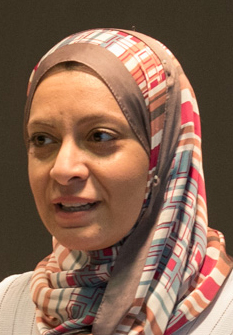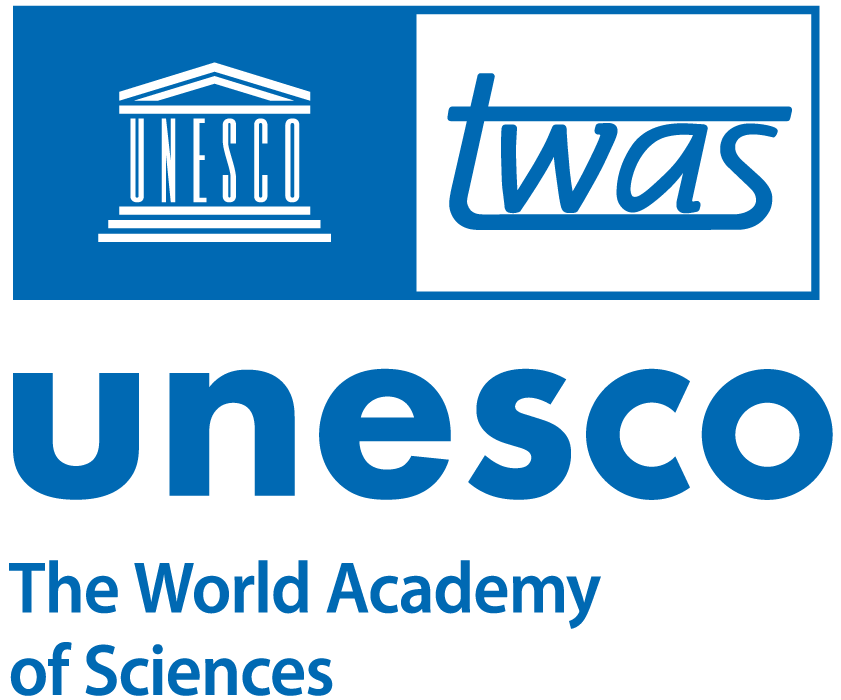![SESAME, the Synchrotron-Light for Experimental Science and Applications in the Middle East, in Jordan. [Photo: SESAME]](/sites/default/files/inline-images/sesame_outside_0.jpg) The Arab Region and many neighbouring countries have been struggling through a period of chronic instability and insecurity. But in Jordan, an international laboratory is providing a dazzlingly bright light for science throughout the region.
The Arab Region and many neighbouring countries have been struggling through a period of chronic instability and insecurity. But in Jordan, an international laboratory is providing a dazzlingly bright light for science throughout the region.
The official and long-anticipated opening of SESAME, Synchrotron-Light for Experimental Science and Applications in the Middle East, came on 16 May in Jordan. It is the region’s first prominent international scientific research centre, run by a governing council of eight members – Cyprus, Egypt, the Islamic Republic of Iran, Israel, Jordan, Pakistan, the Palestinian Authority and Turkey.
SESAME researcher Gihan Kamel is an alumna of the AAAS-TWAS Science Dipomacy Summer Course, and she works on the centre’s infrared beam. Kamel’s involvement in SESAME began 12 years ago, in 2005, as Egypt’s delegate in SESAME’s Users Committee. After a few years, she became a staff member. She also organizes scientific meetings focused on the connections between science, society and industry, and she mentors and supports young women in science.
SESAME, she said in a recent interview, is a major example of science diplomacy in the global South. Though at the beginning, it was challenging to even bring representatives of the various governments together and to generate interest.
The main lessons she has learned at SESAME go well beyond science, Kamel said. “Neutrality, fairness, openness, changing perspectives for the good of all, how to be a driving force not only on the national level but also on the international one – and mostly how to overcome all the negativity surrounding us in the region and to be a model for others to join.”
Skepticism and other obstacles
 The facility will enable visiting scientists, including university students and researchers, to participate in experiments on synchrotron radiation sources, analyse the data obtained and acquire and share scientific expertise and knowledge. They recently opened a call for proposals, and 55 were received from the Middle East and neighboring regions. But adding to this impressive achievement, the state-of-the-art laboratory overcame a decade of obstacles, including skepticism from both decision-makers and the public that its creation was even possible.
The facility will enable visiting scientists, including university students and researchers, to participate in experiments on synchrotron radiation sources, analyse the data obtained and acquire and share scientific expertise and knowledge. They recently opened a call for proposals, and 55 were received from the Middle East and neighboring regions. But adding to this impressive achievement, the state-of-the-art laboratory overcame a decade of obstacles, including skepticism from both decision-makers and the public that its creation was even possible.
The laboratory generates high-powered beams of light from charged particles whirling through a large ring in its centre. This light is then used to conduct advanced research. SESAME is in the process of commissioning its powerful light beams, one by one. Several of them, some infrared and some x-ray, have already been approved, brought online, and are in use emitting light particles for experiments there. The infrared beam, which Kamel works on, can reveal the chemical properties of objects and is useful to, for example, analyze breast tissue to improve cancer diagnoses.
Work at SESAME will also explore the material sciences, physics, healthcare, agriculture and archaeology.
Just as important, the institute is a prominent example of science collaboration among countries that sometimes have strained political relationships, said Kamel. Yet the process to set SESAME up required difficult diplomacy to overcome this skepticism in the region.
The regional tensions are more sensitive and amplified than for most other parts of the world, Kamel said, because the political situations are more unstable, resources are lacking and opportunities are fewer. The countries are also under pressure to make leaps forward in lab technology to compel local talent to stay in their home countries rather than move abroad for better opportunities.
She traced back the inspiration for SESAME back to the work of TWAS founder Abdus Salam, arguing for more laboratories with advanced technology for research across all fields in the developed world.
“He pointed out that the Third World is – even if slowly – waking up to the realization that modern science and technology are the basic
parameters to distinguish the developing from the developed countries,” she said.
Researchers and decision-makers then drew inspiration from the success of the European Organization for Nuclear Research (CERN) and its Large Hadron Collider in Geneva, Switzerland. Though World War II was well over by the time CERN was built in 1954, the particle collider was part of a regional science enterprise that helped nations to experience success as partners after years as wartime enemies.
A model for science diplomacy
Kamel believes projects like SESAME help create a more peaceful and equitable world by creating bonds between countries that might not be possible through conventional political means. This makes SESAME a model for science diplomacy in the region, bringing people together from various nationalities – including Israelis and Palestinians.
“In its essence, it levels out our beliefs and brings us together across our differences to a common destination for the benefit of all of us in the region,” she said. “SESAME is a reality that we live right now, and it’s become a role model of science diplomacy.”
Kamel also anticipates that, though she is currently the only woman staff scientist at SESAME, the existence of the institute in the region will open doors for more women using fellowships and grants.
“I strongly believe that SESAME will open the door for hundreds of them,” she said, “handing women a priceless gift to help them execute their goals without conflicting with their own traditions. It will also help them to serve their societies as much as their male colleagues.”

